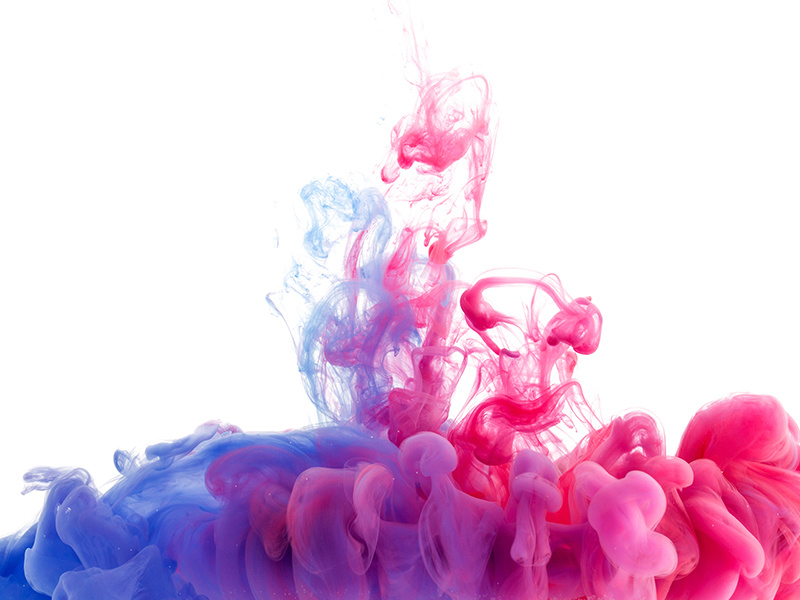News center
23
2022
-
05
What chemicals are in dye intermediates?
Author:
Dye intermediates mainly include benzene-based intermediates, toluene-based intermediates, naphthalene-based intermediates and anthraquinone-based intermediates. In addition, there are also some heterocyclic intermediates. The reaction processes commonly used in the production of intermediates mainly include nitration, sulfonation, halogenation, reduction, amination, hydrolysis, oxidation, condensation, etc. The synthesis of an intermediate with a complex structure often requires many unit processes, and sometimes different basic materials and different synthetic routes can be used. For example, the production of p-nitroaniline starts with benzene nitration and reduction to obtain aniline, followed by acetylation, nitration and hydrolysis. This method has a long production process and high cost. The synthetic route of chlorination of benzene, nitration, separation of p-nitrochlorobenzene, and then high-pressure ammonolysis has been used instead. Special intermediates used in the manufacture of dyes, pesticides or medicines, usually with complex structures, are often produced in conjunction with the products, and the output is small, and the production is mostly intermittent. Some intermediates with a wide range of uses, such as nitrobenzene, aniline, chlorobenzene, phenol, etc., are usually produced in comprehensive large-scale chemical plants with large output and continuous operation.
Next
Next






